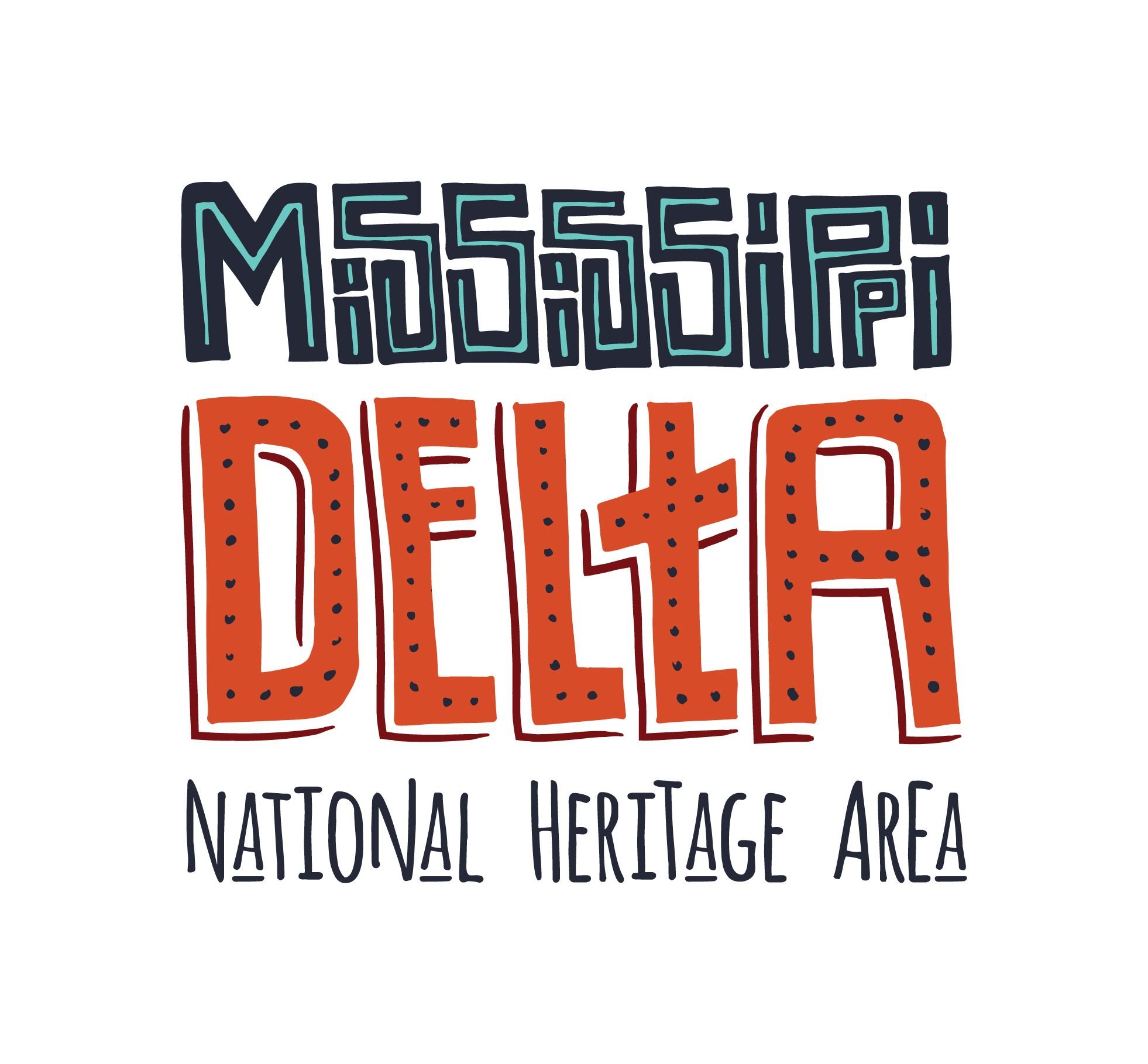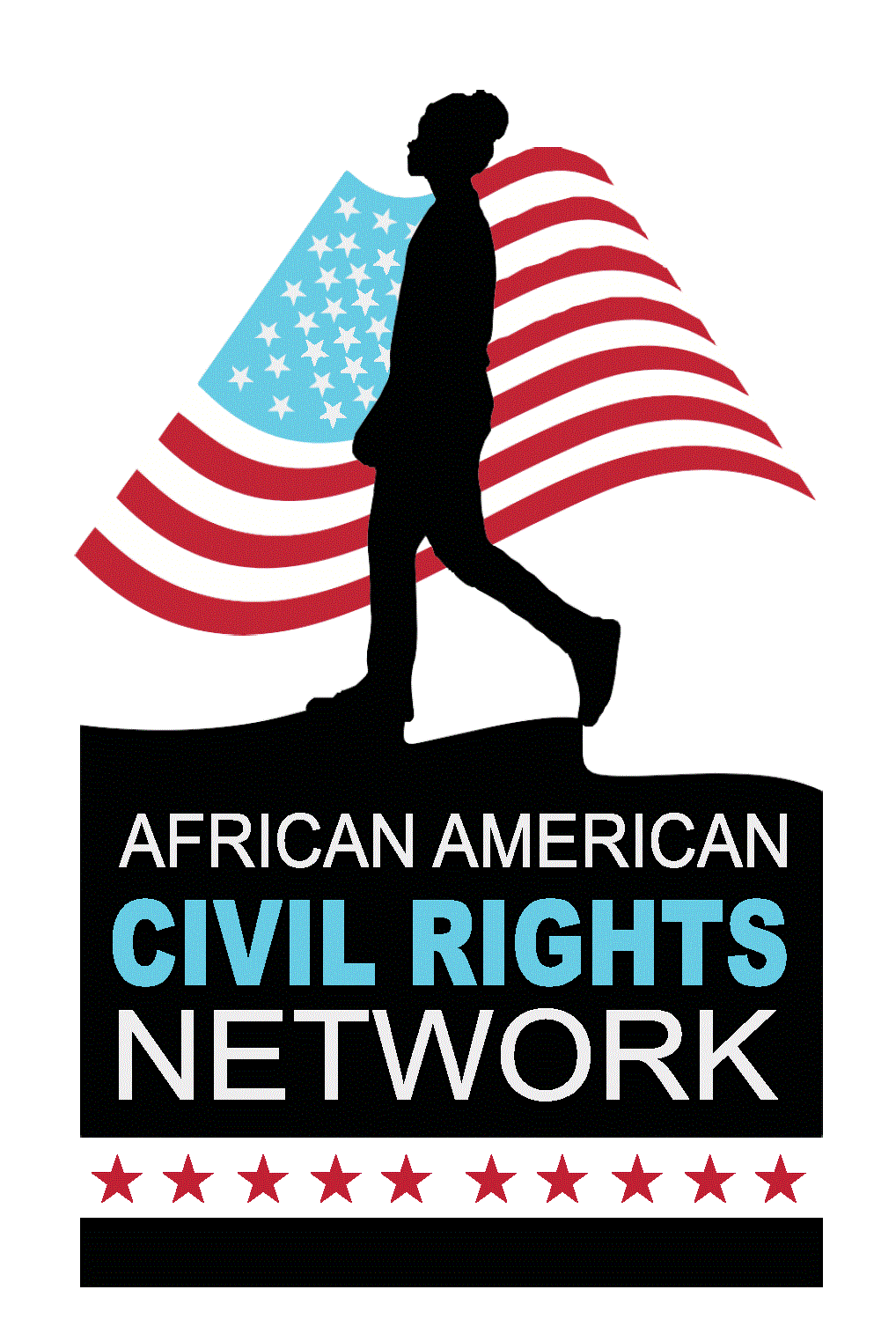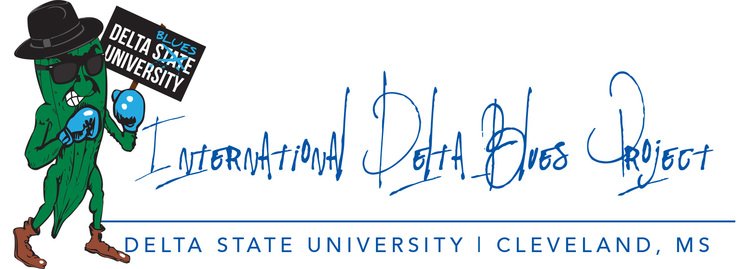Dear Colleague:
The Mississippi Delta is simultaneously a unique place and a place that has influenced the American story like no other. This paradox is summed up in two simple statements. Historian James Cobb has described the Delta as “The Most Southern Place on Earth.” At the same time, the National Park Service has said ”Much of what is profoundly American -- what people love about America -- has come from the Delta, which is often called ‘the cradle of American culture.’”
This is the Mississippi Delta: a place of paradox and contrast, a place described by Will Campbell as being “of mean poverty and garish opulence.” A place that has produced great authors yet continues to suffer from illiteracy. A place that has produced great wealth for a few but persistent poverty for many. A place of privilege for some and disadvantage for others. A place that has produced powerful political leaders, both for and against segregation. A place where racial and social injustice have been and continue to be resisted. A place of unquestioned artistic creativity that has given the world both the Blues and rock ‘n’ roll, and is also home to Charley Pride, Conway Twitty, Bobby Gentry, Sam Cooke, Mose Allison and B. B. King. This is the Mississippi Delta, a microcosm of America.
The Delta has played an enormous and much undervalued role in the American story. It has given the world much in terms of music, literature, journalism, political action, foodways, and even sports heroes. It is the ancestral home of many Americans who today live in metropolitan areas like Detroit or Chicago or Oakland. It has played an important role in changing America’s attitude towards human and civil rights. At the same time, many Americans do not really know where the Mississippi Delta is, though the region has become more widely known as "The Birthplace of the Blues" and "The Birthplace of the modern Civil Rights Movement."
The National Endowment for the Humanities Landmarks of American History program has made it possible for hundreds of K-12 educators to explore the Mississippi Delta. Our Most Southern scholars learn the stories that have given this place such a unique flavor, a mystique unlike any other place in America. They learn about Charley Patton, the Father of the Delta Blues, and Robert Johnson, who may or may not have sold his soul to the devil in return for guitar virtuosity. They learn about Senator James O. Eastland, powerful advocate for segregation, and Mrs. Fannie Lou Hamer, sharecropper and equally powerful advocate for integration, who lived five miles from each other in totally different and separate worlds that were entirely co-dependent on one another. They learn about the tragic story of fourteen year old Emmett Till, and how his lynching sparked the modern Civil Rights Movement. They learn the stories of Mound Bayou, founded by former enslaved African Americans as an all-Black enclave that was proclaimed “The Jewel of the Delta" by President Teddy Roosevelt. They learn how the Mississippi River created the Delta and how the great flood of 1927 destroyed it. They learn about how waves of Russian Jews, French and Germans, Lebanese, Italians and Chinese immigrated to the Delta. They learn about the clearing of the wilderness, the arrival of railroads, cotton, plantations, sharecropping, small towns, the Blues and Gospel, and the Great Migration to the North, East and West.
Most importantly, our Most Southern scholars learn about sense of place as they study the region itself as a text. Together, we learn history where it happened as we move across the Delta, stopping at sites that tell stories. We read “the invisible landscape,” the hidden landscape of stories from the past, as we learn about events that transpired in particular places and how they changed America.
While doing these things, our Most Southern scholars have the opportunity to taste Delta foods, from fried catfish and okra and barbecue to fried dill pickles and maybe even Kool-Aid pickles. And, of course, they listen to the music of the Delta, the Blues of Muddy Waters, Howlin’ Wolf, Son House, Charley Patton, and Willie Brown, the people who wrote the music that was made even more famous by Ike Turner, Eric Clapton, the Rolling Stones and Led Zeppelin, among others.
We learn from the Delta’s landscape, the vast sweep of flat, fertile ground that continues today to produce an agricultural bounty, formerly based on cotton, and now based on cotton, corn, soybeans, and rice.
We also have the opportunity to visit some of our nation’s great museums, including the National Civil Rights Museum, the Stax Museum of American Soul Music, and the B.B. King Museum and Delta Interpretive Center.
Finally, our Most Southern scholars work with colleagues to discover how other places can be read as texts, and how they can return to their school communities to teach others how to read their place as text.
By the end of the workshop, Most Southern scholars understand how the Mississippi Delta can be both ”The Most Southern Place on Earth,” and ”the cradle of American culture.” Most scholars return home with stories that they tell their classes for the rest of their lives.
The Delta Center for Culture and Learning has offered The Most Southern Place on Earth workshops for over a decade with support from the National Endowment for the Humanities. Digital portfolios, photographs, and documentary shorts from previous workshops are available on this website. The Delta Center also serves as the management entity for the Mississippi Delta National Heritage Area, a cultural heritage development partnership with the National Park Service. We have worked with people from all over the country and the world to help them learn Mississippi Delta cultural heritage stories.
Any views, findings, conclusions or recommendations expressed in this website do not necessarily reflect those of the National Endowment for the Humanities.






